Home>diy>Architecture & Design>When Did Arches Become Design Features In Houses?
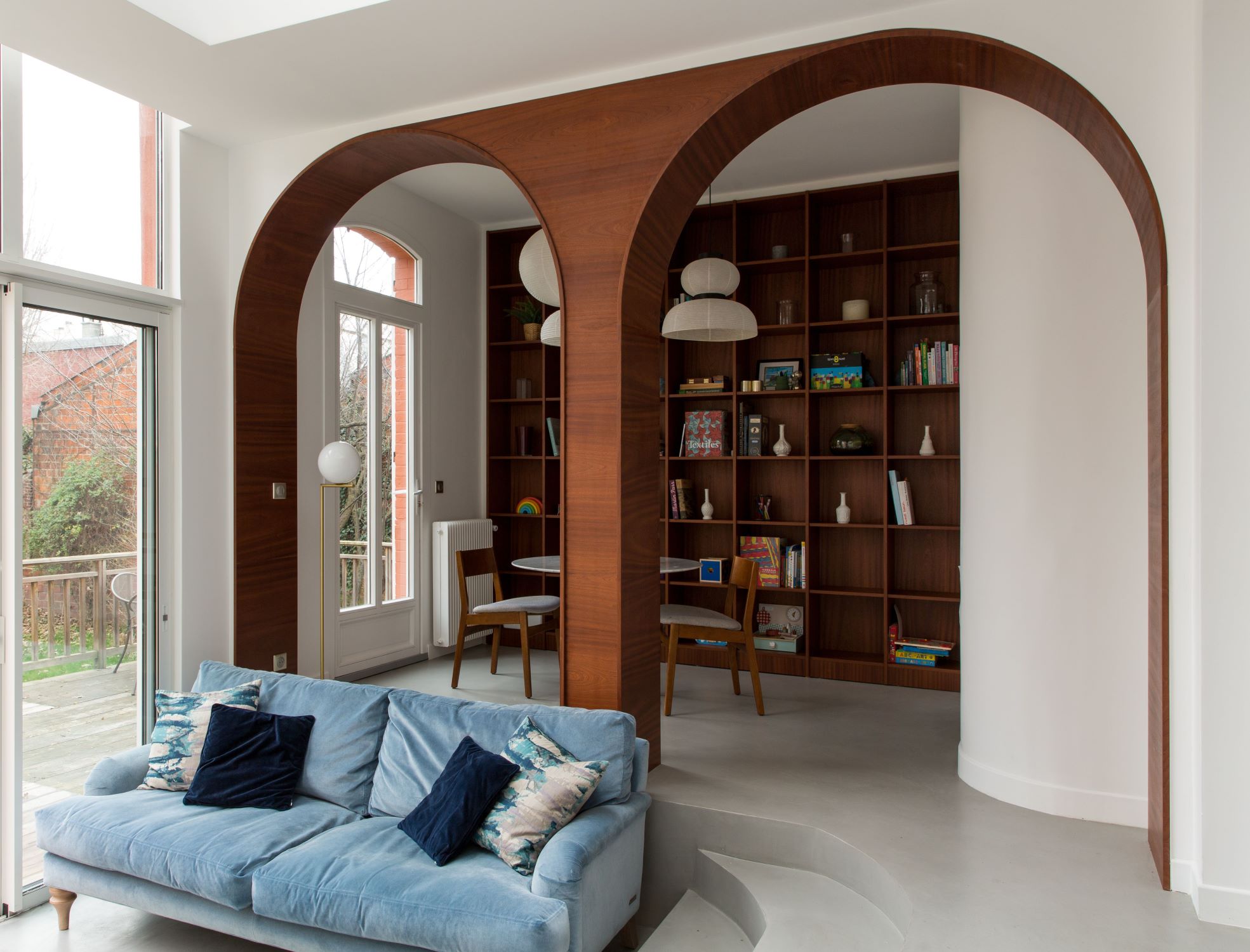

Architecture & Design
When Did Arches Become Design Features In Houses?
Modified: January 9, 2024
Discover the evolution of architecture and design as we explore when arches started becoming prominent features in houses. Uncover the rich history behind these timeless architectural elements.
(Many of the links in this article redirect to a specific reviewed product. Your purchase of these products through affiliate links helps to generate commission for Storables.com, at no extra cost. Learn more)
Introduction
Welcome to the fascinating world of architecture and design, where every element has a purpose and meaning. One such element that has captivated architects and designers for centuries is the arch. Originally used in grand structures like temples and aqueducts, arches have also found their way into residential architecture, adding elegance and charm to houses.
In this article, we will explore the origins of arches in architecture, their historical significance in houses, and their evolution through different styles and periods. From the classical influences of ancient civilizations to the modern-day interpretations, arches have become an essential design feature in houses, symbolizing strength and aesthetic appeal.
So, let’s embark on a journey through time and explore the intriguing world of arches in house design.
Key Takeaways:
- Arches have been a timeless and captivating architectural feature in residential design, symbolizing strength, beauty, and elegance throughout history, from ancient civilizations to modern and contemporary houses.
- The revival of arches during the Renaissance period marked a return to the principles of classical architecture, emphasizing proportion and symmetry, leaving a lasting legacy in the world of architecture and shaping the way we perceive and use this architectural element in residential design.
Read more: When Did Vinyl Siding Become Popular
Origins of Arches in Architecture
The use of arches in architecture dates back thousands of years to ancient civilizations. The earliest known arches can be traced to the Sumerians in Mesopotamia around 4,000 BCE. They employed arches in the construction of their buildings, primarily using sun-dried bricks or mud bricks.
However, it was the ancient Romans who truly embraced the arch as a structural form. They perfected the technique of constructing arches using stones and developed the keystone, which is the center stone that holds the arch in place. The Romans’ mastery of arches allowed them to create massive structures like the Colosseum and aqueducts, showcasing both engineering prowess and aesthetic beauty.
The arch’s ability to distribute weight evenly and provide stability made it an architectural breakthrough. It became a significant architectural feature in Roman buildings, symbolizing strength and longevity. The Romans’ innovative use of arches laid the foundation for their widespread adoption in future architectural styles.
Following the decline of the Roman Empire, the use of arches in architecture diminished in Europe. However, it continued to be employed in other parts of the world, such as the Middle East and India. Notably, Islamic architecture flourished during this time and embraced the arch as a key element in their structures and mosques.
In Europe, the reintroduction of arches in architecture can be attributed to the Byzantine Empire and their architectural marvel, the Hagia Sophia in Istanbul. The Hagia Sophia, completed in 537 CE, featured a massive dome supported by arches and pendentives, showcasing the Byzantine Empire’s engineering and architectural prowess.
The influence of ancient civilizations and their use of arches laid the groundwork for the subsequent incorporation of arches in residential architecture. As architectural styles evolved over time, arches were adapted and reinterpreted to suit the aesthetic and functional requirements of houses.
Historical Examples of Arches in Houses
The incorporation of arches in residential architecture has a rich history, with numerous examples spanning different cultures and time periods. Let’s explore a few notable historical examples:
- The Roman Domus: In ancient Rome, the domus, or townhouse, featured arches prominently. Arches were used to create open and airy spaces, connecting rooms and providing structural support. The Atrium of the Domus Aurea is a stunning example of how arches were used to create a grand entrance and a central focal point.
- Moorish Architecture in Andalusia: During the Moorish rule in Spain, breathtaking arches became a signature feature in the architecture of the Alhambra and other palaces. The use of horseshoe arches and intricate geometric patterns created mesmerizing spaces that showcased the beauty of Islamic architecture.
- Renaissance Palazzos: In the Renaissance period, arches experienced a revival as classical architectural elements were reintroduced. The palazzos of Florence and Venice featured arched windows and doorways, adding elegance and a sense of grandeur to the buildings. The Palazzo Medici Riccardi in Florence is a prime example of the Renaissance’s embrace of arches in residential architecture.
- Baroque and Rococo Styles: The Baroque and Rococo periods brought forth elaborate and ornate architecture, with arches used to create dramatic entrances. The Palace of Versailles in France demonstrates the opulence of these styles, with its grand arches leading to magnificent gardens and rooms adorned with arches.
- Spanish Colonial Architecture: In the colonial period, arches were heavily utilized in the architecture of Spanish colonies, particularly in the Americas. The balconies and arcades of the charming Spanish Colonial houses in cities like Cartagena, Colombia, and San Juan, Puerto Rico, exemplify the fusion of native and Spanish influences.
These historical examples illustrate how arches have been incorporated into house design throughout different periods, showcasing their versatility and timeless aesthetic appeal. The architectural styles may vary, but the arch continues to be a symbol of beauty and grandeur across different cultures.
Influence of Classical Architecture on Arches in Houses
Classical architecture, specifically the architectural styles of ancient Greece and Rome, has had a lasting impact on the incorporation of arches in houses. The principles and elements of classical architecture served as a foundation for the revival of architectural styles throughout history. Let’s explore how these influences shaped the use of arches in residential design.
Ancient Greek architecture, characterized by its emphasis on proportion and harmony, laid the groundwork for the use of arches in houses. While the Greeks primarily employed post-and-lintel construction, they also experimented with semi-circular arches known as ‘corbel arches.’ These early arches served as a transition from the post-and-lintel system and set the stage for future developments.
However, it was the Romans who truly embraced and perfected the arch as a structural element. The arches used in ancient Roman architecture, such as the triumphal arches and aqueducts, showcased the grandeur and engineering prowess of the Roman Empire. The influence of Roman arches can be seen in subsequent architectural styles, including the Renaissance and Neoclassical periods.
During the Renaissance, architects looked to ancient Roman architecture for inspiration. The renewed interest in the classical world led to a revival of arches in residential design. Renaissance architects, such as Andrea Palladio, incorporated arches as prominent features in their villa designs. Arched windows and doorways became common, mimicking the aesthetics of classical Roman architecture.
In the Neoclassical period of the 18th and early 19th centuries, architects drew heavily from the classical architectural forms. Arches were once again embraced and used extensively in houses, reflecting a return to the grandeur and elegance of ancient Greece and Rome. Neoclassical examples like the Monticello in Virginia and the Georgian townhouses in London illustrate the influence of classical architecture on arches in residential design.
The classical influence on arches in houses is not limited to specific time periods. Even in contemporary architecture, elements of classical design are often incorporated, resulting in the continued use of arches. Modern houses often feature arched windows, doorways, or even entire curved facades, adding a touch of sophistication and nostalgia.
Overall, the influence of classical architecture on arches in houses is undeniable. The principles and aesthetics established by the ancient Greeks and Romans have shaped architectural styles for centuries, leaving a lasting legacy on the design of residential spaces.
Arches became design features in houses during the Roman Empire, where they were used in architecture to distribute weight and create open spaces. They have since been incorporated into various architectural styles around the world.
Revival of Arches in the Renaissance Period
The Renaissance period, spanning from the 14th to the 17th century, was a time of great cultural and artistic revival in Europe. Architects and artists drew inspiration from the classical world, particularly ancient Roman architecture, and sought to reintroduce its grandeur and beauty into their designs. This period marked a significant revival of arches in architectural and house design.
During the Renaissance, architects looked to the architectural treatises of ancient Roman architect Vitruvius for guidance. They sought to understand the principles and proportions that made classical architecture so revered. As a result of this study and exploration, arches became a prominent feature in residential design.
One of the key figures in the revival of arches during the Renaissance was the Italian architect and theorist, Andrea Palladio. Palladio, heavily influenced by classical Roman architecture, incorporated arches as prominent elements in his villa designs. His works, such as Villa Rotonda and Villa Barbaro, showcased the elegance and harmony of arches in residential architecture.
The Renaissance architects understood the structural and aesthetic potential of arches. They used arches to create grand entrances, majestic colonnades, and stunning courtyards in their house designs. Arched windows and doorways became common, enhancing the overall symmetry and proportion of the buildings.
One notable example of the use of arches in residential architecture during the Renaissance is the Palazzo Rucellai in Florence, designed by Leon Battista Alberti. The palazzo features arched windows and a loggia with a series of arches, creating a sense of rhythm and visual harmony. The design of this palazzo, along with other Renaissance buildings, influenced architects throughout Europe and beyond.
Arches in Renaissance houses were not only decorative but also served practical purposes. They provided structural support, distributing the weight of the building more effectively. Additionally, arches allowed for larger openings, allowing more natural light to penetrate the interior spaces.
The revival of arches in the Renaissance period marked a shift towards a more humanistic approach to architecture. The houses of the time aimed to create harmonious living spaces that celebrated the achievements of the classical world. Arches became a symbol of elegance, proportion, and the timeless beauty of ancient Rome.
Even today, the influence of the Renaissance can be seen in architectural styles that incorporate arches. The revival of arches during this period left a lasting legacy, shaping the way we perceive and use this architectural element in residential design.
Read more: When Did Glass Windows Become Common
Arches in Modern and Contemporary Houses
While arches have a rich historical significance, their presence in residential architecture has not been limited to the past. In fact, arches continue to make a bold and captivating statement in modern and contemporary house designs. Architects and designers have found innovative ways to incorporate arches into the aesthetics and functionality of homes, creating a harmonious blend of tradition and contemporary style.
In modern house design, arches are often used to create focal points and add a touch of uniqueness. Arched doorways and windows serve as architectural features that draw the eye and create a sense of drama. They can be seen in various architectural styles, from minimalist and sleek designs to more intricate and sculptural forms.
Contemporary architects and designers have also embraced the use of arches to enhance natural light and air circulation in houses. Arched windows, particularly clerestory windows, allow for the introduction of abundant daylight, creating bright and inviting living spaces. They also provide a visual connection with the surrounding landscape, merging the interior and exterior seamlessly.
Arches are not limited to the exterior of modern and contemporary houses. They are also employed internally to define spaces and create visual interest. Archways between rooms or in corridors can serve both functional and aesthetic purposes. They create a sense of flow and connection between different areas of the house, allowing for a more open and interconnected living environment.
Furthermore, arches are often used in contemporary house designs to create unique elements such as mezzanines, skylights, or outdoor covered areas. These architectural features not only add character to the house but also provide practical solutions for maximizing space and enhancing the overall functionality of the design.
Technology has also played a role in the integration of arches in modern and contemporary houses. Advanced construction techniques, such as the use of lightweight materials and curved glass, have made it possible to create curved and cantilevered arches with precision and structural integrity.
Contemporary architects and designers continue to push the boundaries of arch design, experimenting with new materials, forms, and combinations. From steel and glass arches to organic and sculptural shapes, the possibilities are endless.
Whether used as a nod to the rich architectural history or as a bold statement of contemporary design, arches in modern and contemporary houses add a fascinating layer of visual interest and elegance. They showcase the integration of traditional elements into the ever-evolving world of architecture, ensuring the timeless appeal of this architectural feature.
Conclusion
Throughout history, arches have been a captivating and enduring architectural element in residential design. From their origins in ancient civilizations to their revival in the Renaissance period and their continued presence in modern and contemporary houses, arches have symbolized strength, beauty, and timeless elegance.
The influence of classical architecture, particularly ancient Roman and Greek styles, has played a significant role in the incorporation of arches in houses. Architects and designers have drawn inspiration from the proportions, aesthetics, and structural principles of the past, adapting and reinterpreting arches to suit the needs and styles of different time periods.
Historical examples showcase the versatility of arches in house design, from the grand arches of Rome’s Colosseum to the intricate Moorish arches in Andalusia. Each period has left its unique mark on the use of arches, leading to the evolution of architectural styles and the emergence of new possibilities.
In modern and contemporary house design, arches continue to make a statement. They serve as architectural features, allowing for focused attention and creating a sense of drama. Arches also enhance natural light and airflow, connecting the interior spaces with the exterior environment.
The revival of arches during the Renaissance period marked a return to the principles of classical architecture, emphasizing proportion and symmetry. The architects of this era sought to create harmonious living spaces that celebrated the achievements of the past, leaving a lasting legacy in the world of architecture.
Today, arches in modern and contemporary houses showcase the marriage of tradition and innovation. Architects and designers push the boundaries, utilizing advanced materials and techniques to create striking and sculptural arches that define spaces and leave a lasting impression.
In conclusion, the arch remains a timeless and captivating architectural feature in residential design. Its history, versatility, and aesthetic appeal make it a beloved element that transcends time and continues to evolve. Whether found in ancient temples, Renaissance palazzos, or the modern homes of today, arches add a touch of elegance and serve as a reminder of the enduring beauty of architecture.
Frequently Asked Questions about When Did Arches Become Design Features In Houses?
Was this page helpful?
At Storables.com, we guarantee accurate and reliable information. Our content, validated by Expert Board Contributors, is crafted following stringent Editorial Policies. We're committed to providing you with well-researched, expert-backed insights for all your informational needs.

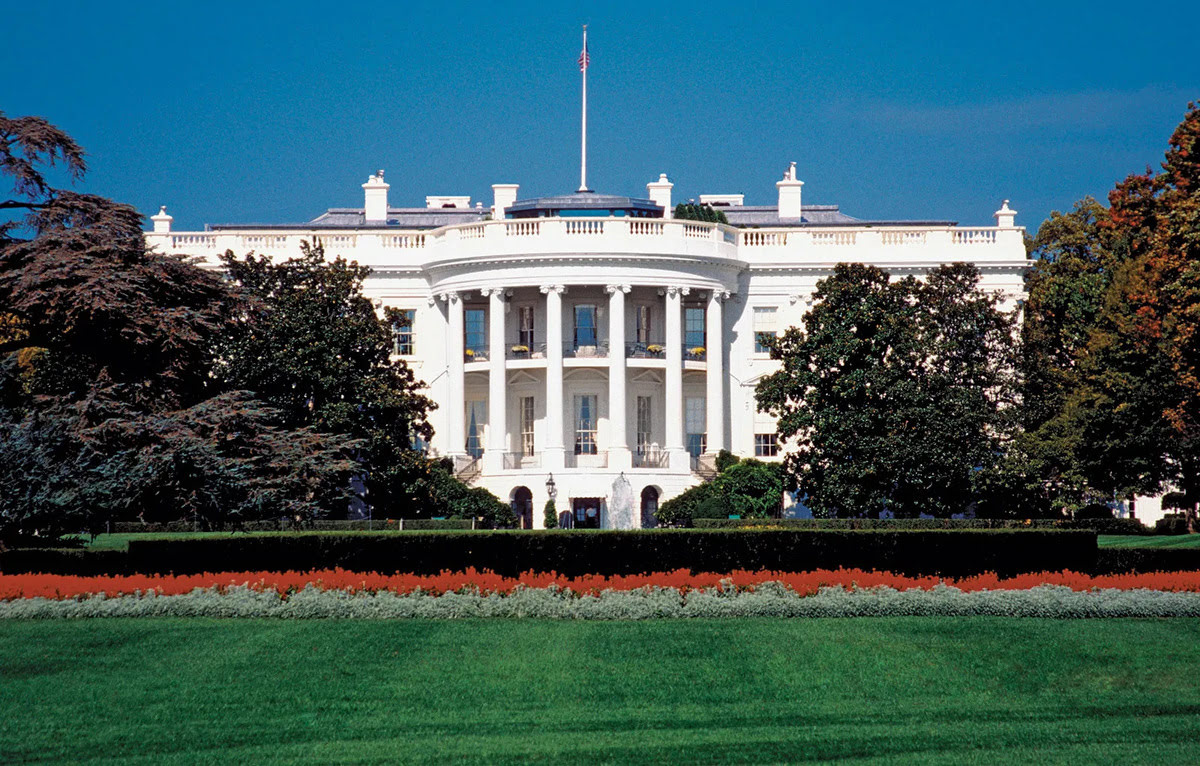
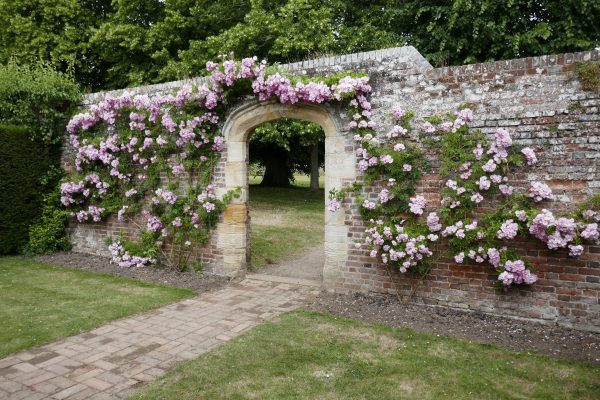
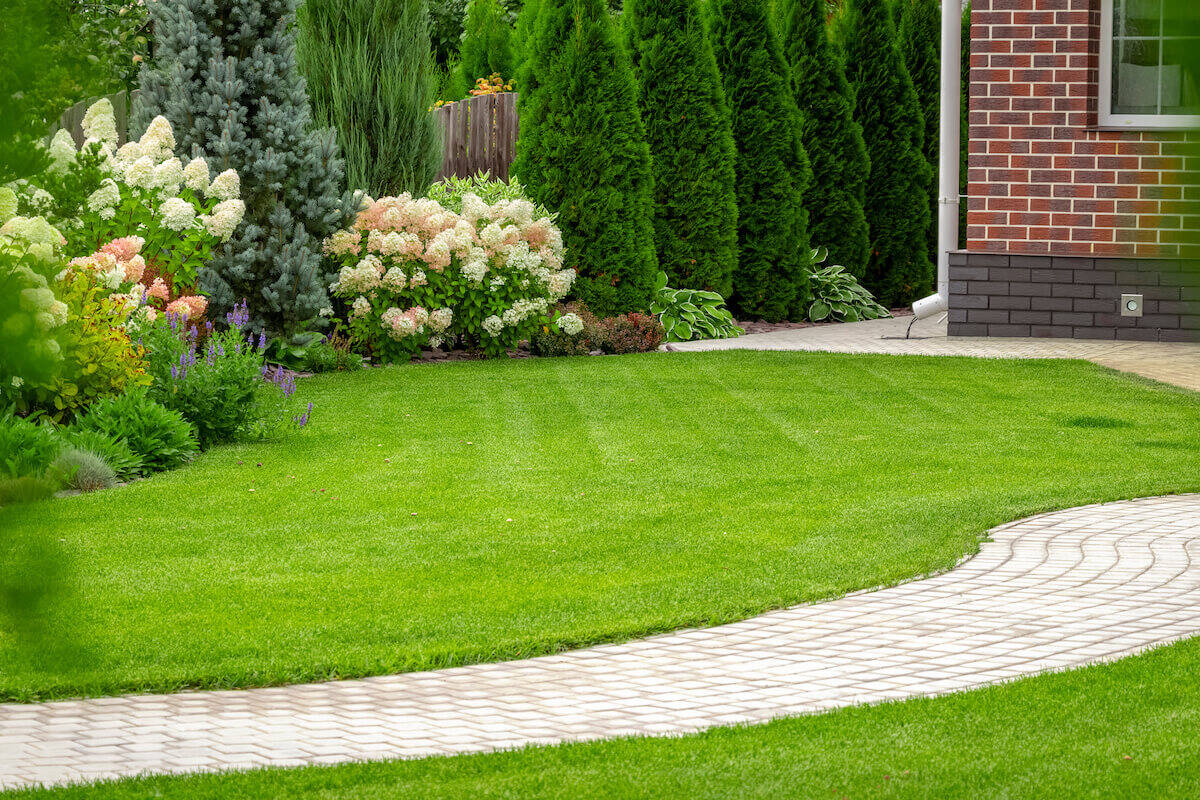





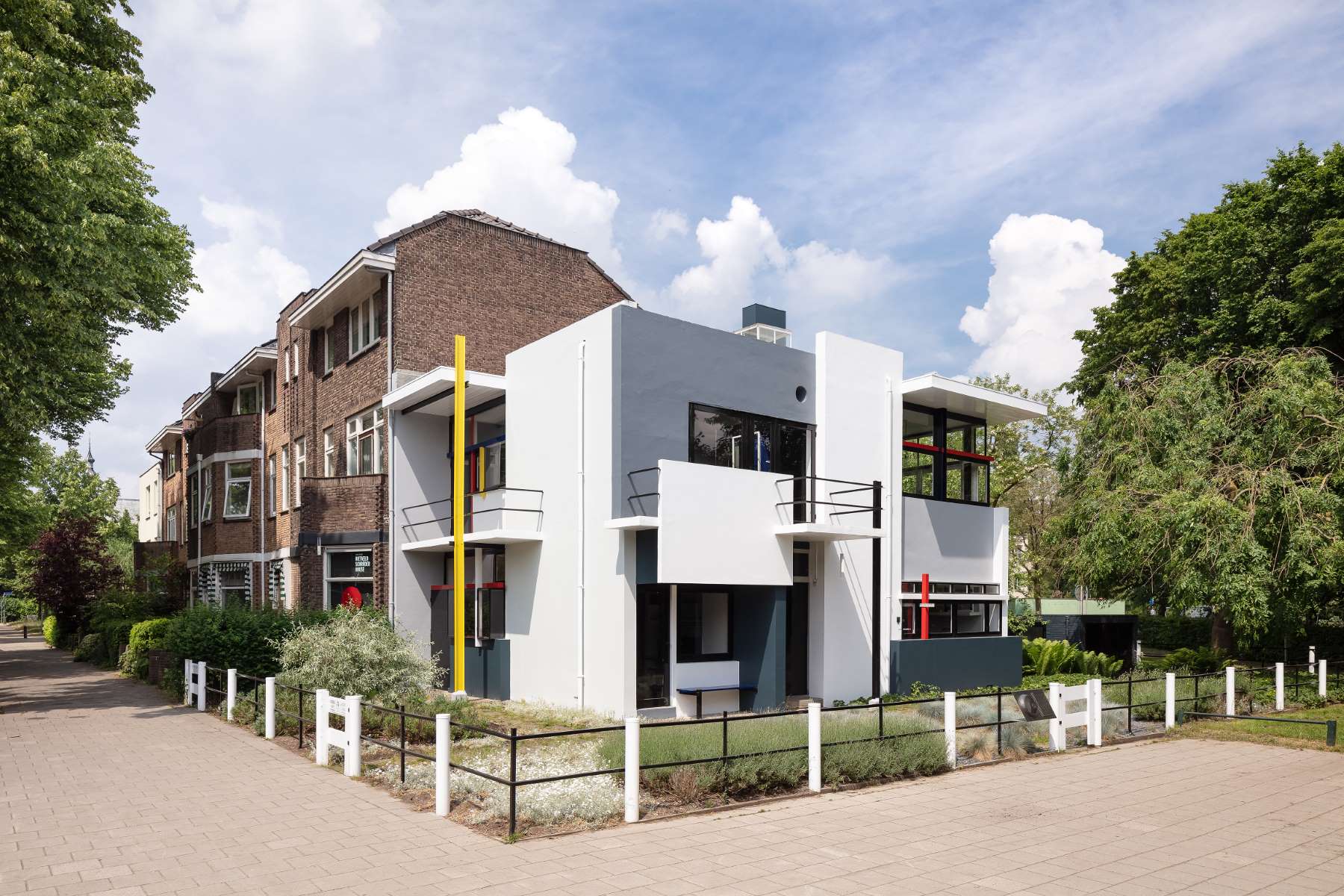





0 thoughts on “When Did Arches Become Design Features In Houses?”